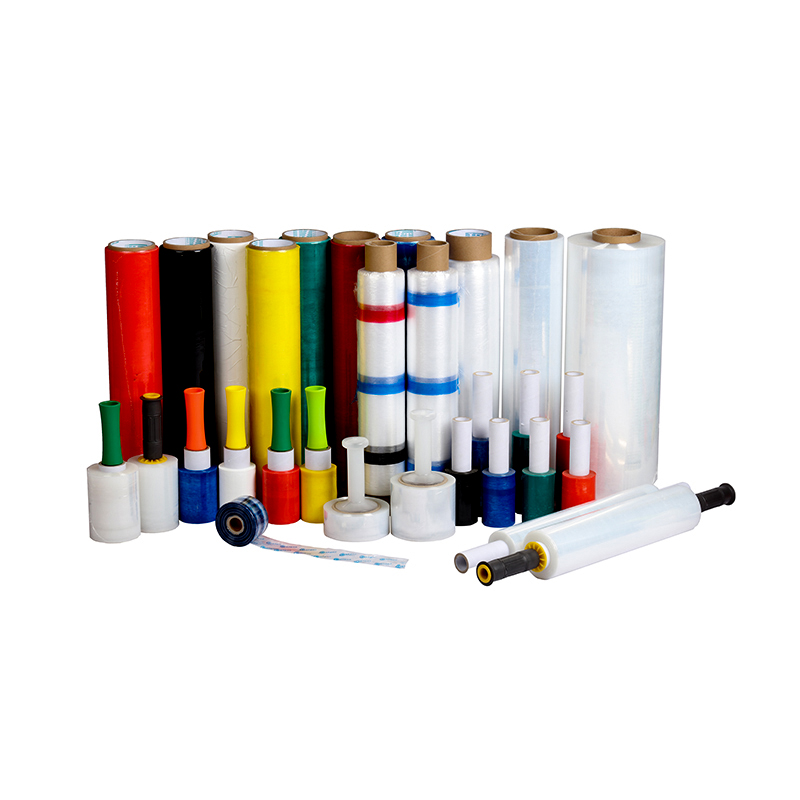Main raw materials and selection method of stretch film
Main raw materials and selection method of stretch film
Stretch film is actually a plastic film, a transparent heat-shrinkable plastic whose main component is polyethylene. It is mainly divided into three categories: linear low-density polyethylene (LLDPE), low-density polyethylene (LDPE), and high-density polyethylene (HDPE). Most high-performance stretch films contain LLDPE. For traditional LDPE, the current amount is limited. EVA has very high tensile properties. Ethyl acetate is usually used, but it is not as good as polypropylene, so it is rarely used. Different raw materials have different properties of stretched film, so special attention should be paid when selecting materials for stretched film.
Stretch film is a plastic film that people often use. Its raw materials include metallocene polyethylene (mPE), LLDPE, LDPE, EVA, PVC. In addition, the raw materials of stretch film also include polypropylene copolymers. The performance is relatively strong, with tensile resistance, fracture resistance and so on.
At present, the main raw materials for domestic production of stretch films are LLDPE, LDPE, EVA and so on. Most of the domestic products of LLDPE are butene copolymers, which cannot meet the performance requirements of industrial stretched films. However, there are still not many domestic companies that can produce hexene or octene copolymerized LLDPE special materials that can be used for stretched films.
Selection of stretch film raw materials.
1. The stretched film is made by co-extrusion of polypropylene particles to form a sheet, and then stretched in both vertical and horizontal directions. Due to the orientation of the stretched molecules, the transparency of polyethylene decreases to a certain extent with the increase in crystallinity. Under crystallinity, transparency increases with increasing molecular weight.
2. The stretch film is made of polyethylene terephthalate as a raw material, which is made into a thick sheet by an extrusion method, and then biaxially stretched to make a stretch film material. It is a colorless, transparent, glossy stretch film with excellent mechanical properties, high rigidity, hardness and toughness, puncture resistance, friction resistance, high temperature and low temperature resistance.
3. The stretched film material is mixed with high-quality tackifier, heated, squeezed, cast, and then cooled by a chill roll. It has the advantages of strong toughness, high elasticity, tear resistance, high viscosity, thin thickness, cold resistance, heat resistance, pressure resistance, etc. It can save materials, labor, and time during use.
The identification of stretch film mainly depends on the hardness and thickness of its material; a good stretch film material will feel tougher and more elastic when it is held in your hand, on the contrary, a poor film is softer and does not have the above characteristics. In terms of thickness, the thickness of the layer used in a good product will definitely exceed 0.125, and the poor material will be thinner!
Secondly, look at the rainbow pattern; a good stretch film, no matter it is outdoors or under the strong light of an energy-saving lamp, you can hardly see any rainbow pattern. On the contrary, the poor film can be seen very clearly as long as it is under a strong energy-saving lamp. , Just like soap bubbles.
Stretch film is widely used in: foreign trade export, logistics, hardware and plastic products, glass ceramics, building materials, electromechanical castings, etc., the outer packaging of various products.

评论
发表评论